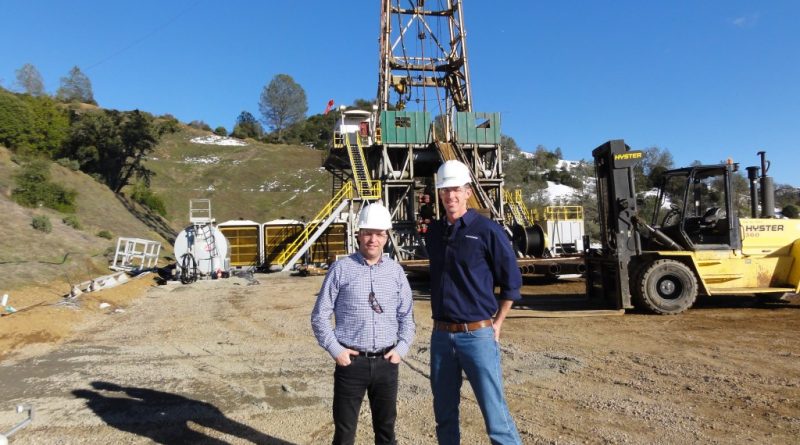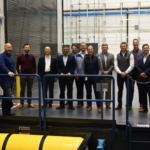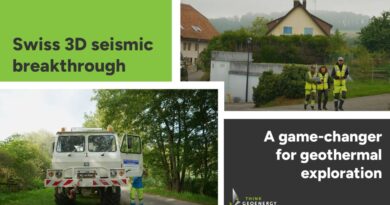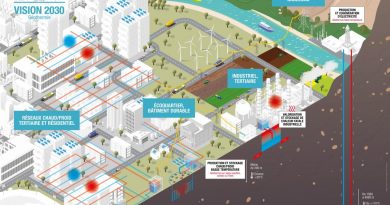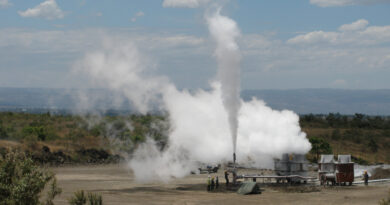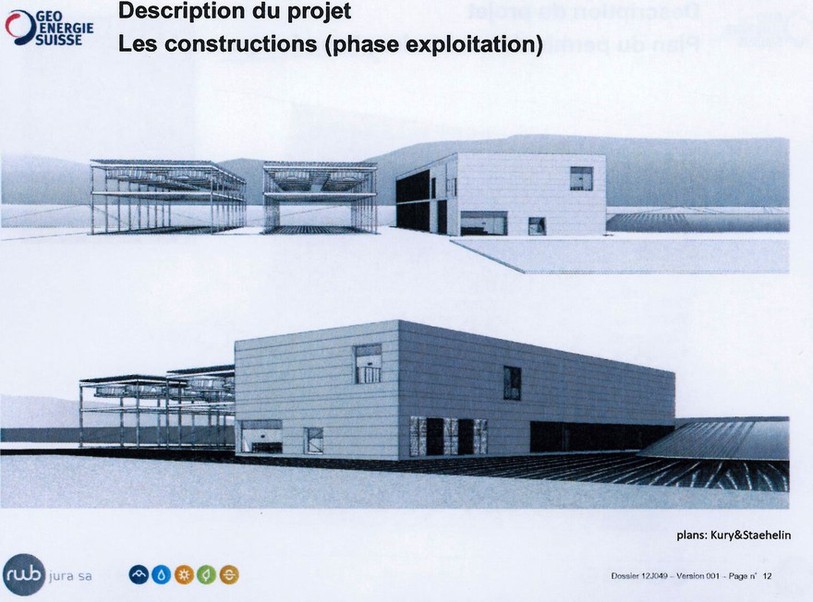Berkeley Lab research on improving locating and placing geothermal production wells
Energy Disrupter
With California Energy Commission funding, Berkeley National Lab. will be working on an approach that will help better map and locate geothermal resources for improved placing of geothermal production wells.
Recently, the California Energy Commission awarded the Department of Energy’s Lawrence Berkeley National Laboratory $1.7 million for a project designed to demonstrate how seismic and electromagnetic data can map geothermal reservoirs and create enhanced imaging of their structural features to better locate and place production wells. These projects will occur at The Geysers, the world’s largest producing geothermal field located in Sonoma, Lake, and Mendocino counties; and the Salton Sea, the second largest geothermal field in the U.S.
For the project at The Geysers, Berkeley Lab scientists David Alumbaugh and Michael Commer will be partnering with colleagues at the United States Geological Survey (USGS) and companies Array Information Technology and Jarpe Data Solutions to develop and test a novel geophysical imaging technology. The imaging technique employs a combination of seismic and electromagnetic signals to generate high-resolution images of the subsurface that delineate steam- versus fluid-filled regions of the reservoir. This will allow Calpine, the company that operates most of the geothermal plants at The Geysers, to improve its reservoir models.
“The more accurate it is, the better they can control the injection of water and the production of steam to optimize their energy production,” said Alumbaugh. “That saves money for them and for ratepayers.”
If the technique can be demonstrated, it can be applied at any geothermal field that produces steam, Alumbaugh said. It could also help in placing new production wells; one of the obstacles to expanding geothermal energy is the high upfront costs of drilling a new well.
Nearly half of California’s known geothermal resources still remain untapped, according to the CEC. With these projects, it hopes to make geothermal energy more economically attractive, thus leading to higher penetration of renewable energy in California and making the grid more stable and reliable.
Source: Lawrence Berkeley National Laboratory

